The Power of Diversification: Enhancing Your Investment Strategy for 2025
December 16, 2024
As the market approaches the end of 2024, diversification remains one of the most crucial elements in building a resilient investment portfolio.1 Recent market trends underscore the importance of a diversified approach, with the S&P 500 recently hitting its 47th all-time high. This change emphasizes the need to review your assets and strategically balance them to weather market fluctuations and capitalize on growth opportunities.
A strategically diversified portfolio can help mitigate volatility’s impact, promoting a more stable, sustainable path to growth. Here, we’ll explore how refining your diversification approach can further strengthen your investment strategy as you head into 2025.1
1. Risk Mitigation: Balancing High-Risk and Low-Risk Investments
In any investment strategy, managing risk is paramount. Diversification buffers against market volatility, balancing high-risk and low-risk assets to reduce the likelihood of significant losses.1 Consider the concept of the “efficient frontier,” a framework designed to optimize the trade-off between risk and return. This approach allows investors to select portfolios that strive to provide the highest possible returns for a given level of risk.
Riskier investments—such as stocks in emerging sectors or rapidly growing companies—may seem intimidating.1 However, when balanced with more stable assets like bonds, they can contribute to a portfolio that ultimately becomes “safer” due to reduced overall volatility. For instance, when one asset class underperforms, another might excel, helping to offset losses and stabilize the portfolio’s value.
In a diversified portfolio, different assets respond uniquely to market conditions, reducing the likelihood that a single downturn could drastically impact one’s financial goals. For investors, this balance is essential for confidently navigating the market’s highs and lows.
2. Asset Allocation: Strategic Diversification Across Sectors and Regions
A well-diversified portfolio thoughtfully allocates assets across sectors, industries, and regions, allowing growth capture in key markets while limiting exposure to downturns. For instance, in recent months, the AI industry has experienced significant highs and sharp corrections. Semiconductor companies reported impressive growth due to AI-driven demand, while others faced challenges due to supply chain disruptions. By distributing investments across sectors like technology, healthcare, and energy, you can leverage emerging trends without overexposing your portfolio to sector-specific risks.1
Regional diversification is essential for managing risk and seizing global growth opportunities. Investing internationally can help offset risks associated with local economic downturns. For instance, emerging markets may offer higher growth potential but come with added volatility. Balancing these with investments in more stable regions creates an optimal mix, capturing growth while reducing downside exposure.1
3. Future-Proofing: Adjusting to Economic Shifts and Embracing Emerging Trends
Investments are constantly evolving, with economic and geopolitical changes influencing market performance.1 Future-proofing a portfolio requires adapting to these shifts and positioning assets to benefit from emerging trends. In 2025, we can expect growth in areas like sustainable investments, green energy, and sectors supported by AI and digital transformation.1 For high-net-worth investors, future-proofing strategies should include exposure to both established and emerging markets to benefit from these shifts.
For example, renewable energy investments have demonstrated resilience during market volatility and continue to offer promising growth.1 As demand for alternatives to traditional energy sources rises, green bonds and funds tied to innovation in this sector provide growth potential and greater stability.
Likewise, monitoring economic indicators, such as interest rates and inflation expectations, can help guide strategic adjustments. At First Western Trust, we provide a monthly market commentary featuring the latest news, forecasts, and valuable insights to empower our clients with the knowledge they need to make informed decisions. With the U.S. Federal Reserve expected to take a more conservative approach to rate hikes, growth stocks may benefit, while fixed-income securities could also benefit from more stable rates. Proactively rebalancing portfolios to reflect these factors can help secure long-term gains.
4. Understanding Your Investment Goals and Risk Tolerance
A diversified portfolio requires a deep understanding of your investment goals and risk tolerance.1 Diversification can only be effective if it aligns with your unique financial objectives: funding retirement, building wealth for future generations, or reaching specific lifestyle milestones.
Investment goals will influence how you diversify.1 For instance, if your aim is long-term wealth growth, you might lean more heavily toward equities in industries with high growth potential, balanced with bonds and other stable investments to manage volatility.1 Conversely, if you seek more predictable income in the near term, you may want to prioritize assets with reliable, regular returns.
Risk tolerance is another critical component, as it determines how much market fluctuation you’re comfortable enduring. Highly risk-averse investors may prefer a conservative mix, while those with a higher tolerance for risk might allocate more to growth-oriented assets. Time horizon also plays a role; investors with a longer horizon may choose a more aggressive approach, as they have more time to recover from potential losses.
Conclusion
Diversification is essential for a balanced, resilient investment portfolio.1 It requires thoughtful asset allocation, regular rebalancing, and strategic adjustments to align with evolving economic conditions. For high-net-worth individuals, maintaining a diversified portfolio is the key to protecting wealth while capturing growth opportunities.
For a deeper dive into the power of diversification, we invite you to contact our team for a personalized consultation. Our associates are ready to walk you through advanced strategies and tailored insights that can help you polish your investment strategy for 2025.1 Together, we’ll craft a diversified, future-proofed portfolio that aligns seamlessly with your unique financial journey and aspirations.
Investment Services are Not a Deposit, Not guaranteed by the Bank, May Lose Value












